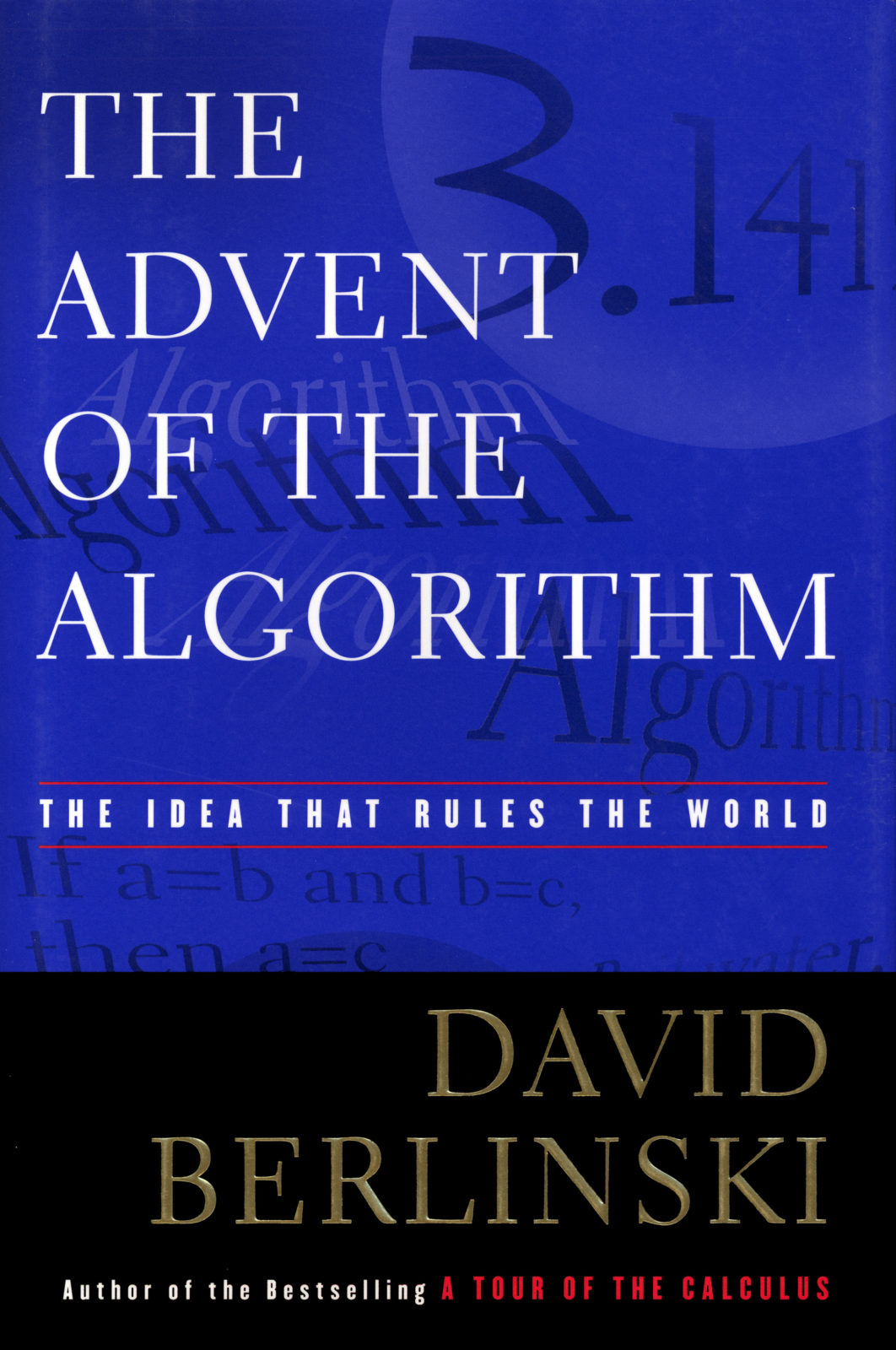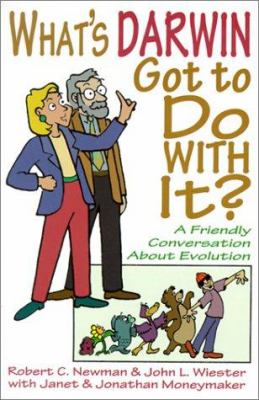Can We Detect Evidence of Purpose Scientifically?
This week Baylor University hosted a major conference on a profound subject. Organized by the new Michael Polanyi Center at Baylor and entitled The Nature of Nature, the conference will entertain weighty questions: Is nature all there is, or does it point beyond itself? Does the world exhibit signs of purpose, and if so, might we be able to detect Read More ›



